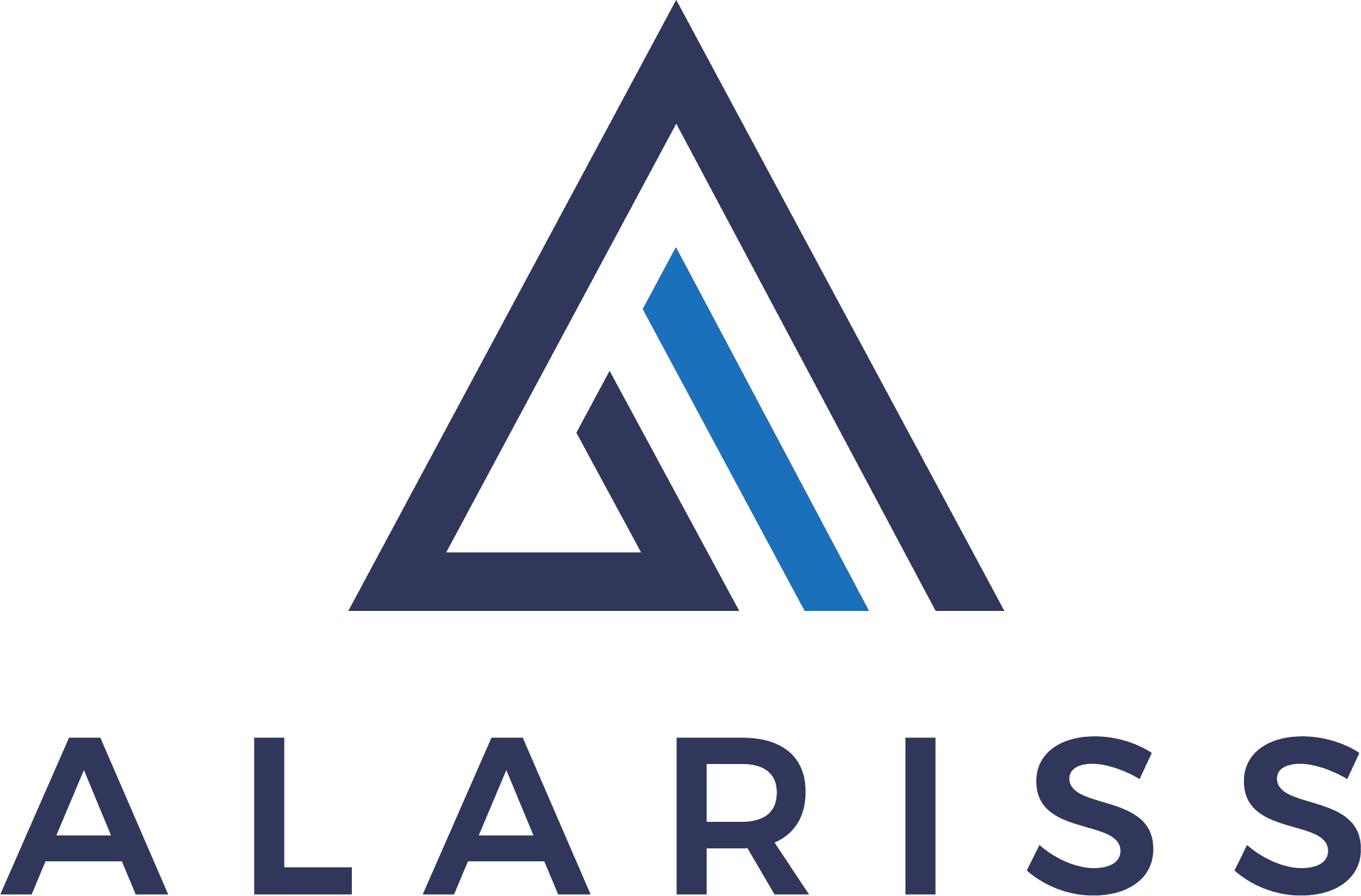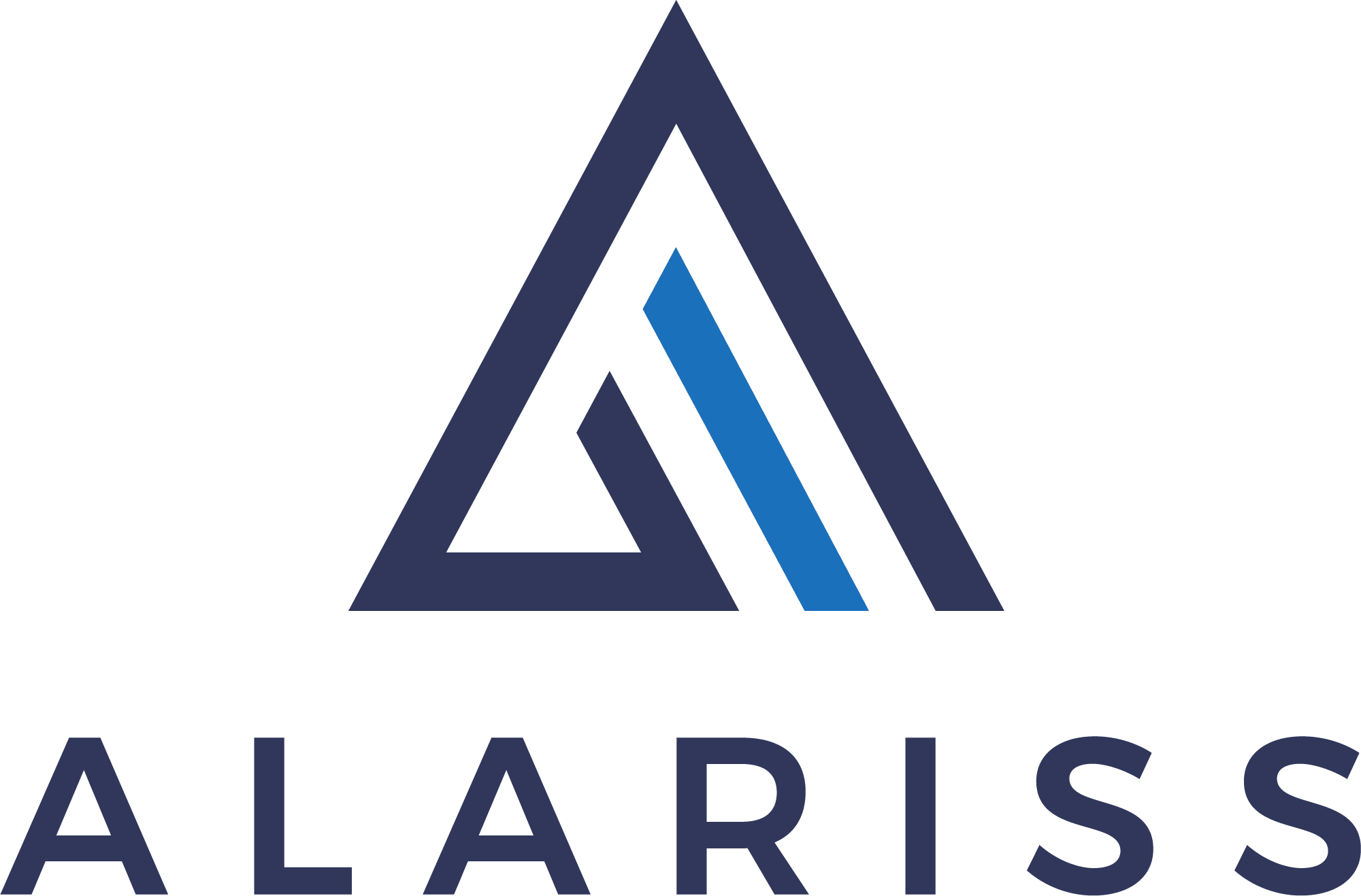Blog
Optimizing Sales Development Structure for Enhanced Sales Performance: Insights and Trends

June 26, 2023
The organization structure of Sales Development plays a crucial role in the effectiveness and efficiency of a company’s sales efforts. There are different approaches companies take in structuring their Sales Development organizations.
In the context of sales development organization structure in the United States, several quotas and metrics are commonly used to measure performance and drive sales effectiveness. These key indicators help sales leaders and teams assess their progress, identify areas for improvement, and align their activities with organizational goals. The following quotas and metrics are widely adopted in the US:
- Meetings Set: This metric measures the number of qualified meetings or appointments scheduled by the sales development representatives (SDRs). It reflects their effectiveness in generating interest and engaging potential customers.
- Opportunities Created: Opportunities represent potential sales deals that have advanced beyond the initial prospecting stage. This metric measures the number of qualified opportunities generated by SDRs, indicating their success in identifying prospects with a genuine interest in the product or service.
- Pipeline Contribution: This metric assesses the value of the sales pipeline influenced by the SDRs’ efforts. It measures the monetary value or volume of potential deals generated by SDRs that have a high likelihood of converting into closed sales.
- Conversion Rates: Conversion rates measure the percentage of leads or prospects that progress from one stage of the sales process to the next. These rates provide insights into the effectiveness of SDRs in nurturing and qualifying leads for the sales team.
- Response Time: Response time measures the speed at which SDRs respond to inquiries or requests from prospects. It is a critical metric as quick and timely responses are essential for engaging potential customers and maximizing conversion opportunities.
- Outreach Activities: This metric tracks the number of outbound activities conducted by SDRs, such as calls, emails, and social media interactions. It helps gauge the level of proactive prospecting and outreach efforts undertaken by the SDR team.
- Revenue Influence: Revenue influence measures the impact of the sales development team on overall revenue generation. It quantifies the contribution of SDRs in driving revenue by identifying and nurturing potential opportunities that ultimately convert into closed deals.
These quotas and metrics provide valuable insights into the effectiveness and efficiency of the sales development organization structure. By tracking and analyzing these indicators, companies can optimize their sales processes, allocate resources effectively, and drive sales growth.
Which of the following best describes your Sales Development organization?
The most common structure observed is the hybrid group, which combines both inbound qualification and outbound prospecting activities. This hybrid approach is especially prevalent in companies with higher Average Selling Prices (ASPs). Additionally, specialized teams, with dedicated inbound and outbound groups, are also a popular choice. On the other hand, inbound-only groups are more common among organizations with lower ASPs, while outbound-only groups are found in a significant portion of companies. The choice of organization structure depends on various factors, including the company’s revenue, target market, and sales objectives. By understanding and tailoring the Sales Development structure, companies can optimize their lead generation, prospecting, and sales conversion processes.
Hybrid groups, combining inbound qualification and outbound prospecting, were found to be the most common (49%), especially for higher Average Selling Prices (ASPs). Specialized teams, with separate inbound and outbound groups, accounted for 27% of respondents. Inbound-only groups were most prevalent at the lowest ASPs (<$50K) with 6%, while outbound-only groups comprised 18% of the organizations.
Headcount Mix of Inbound & Outbound
For organizations with specialized Sales Development groups, we explored the allocation of headcount. The majority of respondents demonstrated a bias toward the outbound side, with a median mix of 2.3 Outbound Sales Development Representatives (oSDRs) for every 1 Inbound Sales Development Representative (iSDR). The breakdown of headcount allocation was as follows: Heavily Inbound (4%), Lean Inbound (9%), 50:50 (15%), Lean Outbound (23%), and Heavily Outbound (49%).
Reporting Structure of SDR Groups
While exploring the reporting structure of Sales Development Representative (SDR) teams we found that 68% of SDR groups reported to Sales, maintaining the trend observed since 2012. Notably, approximately half of all inbound teams reported to Marketing, making them 1.4 times more likely to report to Marketing compared to specialized, hybrid, or outbound groups. Other reporting arrangements included CEO (3%) and Other (5%).
SDR Territories
Aligning Sales Development Representatives (SDRs) with Account Executive (AE) territories is a common practice in sales development organization structures. On average, 61% of organizations choose to align their SDRs with AE territories, indicating the importance of collaboration and synergy between these two roles.
Inbound groups, which primarily handle leads coming from marketing efforts, tend to route leads round-robin. This means that incoming leads are distributed evenly among the SDRs, allowing for a fair and balanced allocation of prospects. Approximately 49% of inbound groups follow this approach, recognizing the value of giving each SDR an equal opportunity to engage with potential customers.
On the other hand, outbound groups, which proactively reach out to prospects, show a higher tendency to align SDRs with AE territories. Around 66% of outbound groups prefer this alignment, recognizing the benefits of having SDRs focus their efforts on specific territories or accounts. By aligning SDRs with AE territories, companies can foster closer collaboration between SDRs and AEs, leading to better coordination and a more personalized approach when engaging with prospects.
Larger companies, particularly those with revenues exceeding $20 million, as well as blended/outbound-only groups, exhibit a higher tendency for SDR alignment to AE territories. This suggests that as companies grow in size and complexity, there is a greater emphasis on aligning SDRs with specific territories to optimize sales effectiveness and efficiency. By aligning SDRs with AE territories, companies can leverage their expertise in particular markets or industries, enabling a deeper understanding of customer needs and enhancing the overall sales process.
Overall, aligning SDRs with AE territories allows for better collaboration, streamlined communication, and a more targeted sales approach. However, the choice of alignment strategy may vary based on the nature of the organization, the size of the company, and the specific goals and objectives of the sales development team.
SDR Territories by Company Revenue
As the company’s revenues increase, there is a shift towards aligning SDRs to AE territories rather than using round-robin routing. The breakdown of SDR territory alignment by revenue category demonstrates this trend, with higher revenue companies being more likely to align SDRs to AE territories. For example, in companies with revenues <$5M, 28% align SDRs to AE territories, while 35% use round-robin routing. In contrast, in companies with revenues $250M+, a significant majority of 81% align SDRs to AE territories, while only 7% use round-robin routing. This data suggests that as companies grow and generate higher revenues, there is a greater emphasis on aligning SDRs with specific AE territories to optimize sales effectiveness and efficiency.
SDR-to-AE Ratios
The ratio of Sales Development Representatives (SDRs) to Account Executives (AEs) is an important aspect of the sales development structure. On average, the ratio was 1 SDR to 2.6 AEs, remaining consistent with the findings from 2018. This ratio provides insights into the allocation of resources and workload distribution within the sales team.
Smaller companies tend to deploy one or more SDRs per AE, indicating a higher level of support and assistance for each salesperson. This approach allows for more focused prospecting and lead generation efforts to drive sales growth.
In contrast, high-growth companies, regardless of revenue, reported lower SDR-to-AE ratios compared to laggards. These companies recognize the importance of maximizing the efficiency of their sales teams by optimizing the ratio between SDRs and AEs. By having fewer SDRs per AE, high-growth companies can ensure that AEs are well-supported and have a manageable workload, leading to increased productivity and better conversion rates.
The distribution of SDR-to-AE ratios across companies varied. Some companies had multiple SDRs dedicated to one AE, with a ratio of multiple SDRs to 1 AE accounting for 9% of the respondents. The ratio of 1 SDR to 1 AE was reported by 18% of companies, indicating a more balanced workload distribution. The most common ratio was 1 SDR to 2 AEs, accounting for 36% of companies. Ratios of 1 SDR to 3 AEs and 1 SDR to 4 AEs were reported by 15% and 10% of companies, respectively.
When determining the optimal SDR-to-AE ratio for your organization, it is essential to consider factors such as the complexity of the sales process, the volume of leads, and the desired level of support for AEs. By analyzing your sales objectives and resource allocation, you can fine-tune the SDR-to-AE ratio to maximize sales efficiency and drive better results.
The Rise of Remote Work and Distributed Locations
The way sales development teams are structured and located has undergone significant changes in recent years, driven by various factors such as technological advancements and the impact of the COVID-19 pandemic. The rise of remote work has had a profound effect on the centralization and distribution of sales development representatives (SDRs) across different locations.
In 2018, around 48% of companies reported having SDRs working in different locations, indicating a decentralized or distributed structure. However, with the outbreak of the COVID-19 pandemic, the number of companies adopting remote work policies increased significantly. As a result, by the time of the survey, in 2023, the percentage of companies with distributed SDR teams had risen to 64%. This shift toward remote work was a response to the need for social distancing and the implementation of lockdown measures, which required companies to adapt their work models.
Interestingly, 23% of companies expressed plans to maintain fully remote SDR groups for the foreseeable future, even after the pandemic subsides. This suggests that remote work has proven to be successful and beneficial for many organizations, enabling them to attract talent from diverse locations and providing flexibility for employees.
The distribution of SDR teams by location revealed three main categories: fully remote, single state/province, and multiple state/province. Among the surveyed companies, 23% had fully remote SDR teams, indicating that all SDRs worked from different locations. Additionally, 37% of companies had SDR teams located within a single state or province, while 41% had teams spread across multiple states or provinces.
Furthermore, companies have also established second office locations in various states to expand their sales development operations. The most popular states for building second offices were California (15%), Colorado (25%), Georgia (33%), Massachusetts (17%), New York (33%), Texas (34%), and other states (38%). The percentage distribution of distributed and remote teams by revenue category demonstrated the trends over time.
The distribution and location of SDR teams have evolved over time, influenced by changing work trends, technological capabilities, and the COVID-19 pandemic. As companies embrace remote work and capitalize on its advantages, the structure and distribution of sales development teams continue to adapt to the changing landscape of work environments.
Conclusion
In conclusion, optimizing the sales development structure is crucial for enhancing sales performance. By adopting key quotas and metrics, companies can effectively measure performance, align activities with organizational goals, and drive sales growth. Metrics such as meetings set, opportunities created, pipeline contribution, conversion rates, response time, outreach activities, and revenue influence provide valuable insights into the effectiveness and efficiency of the sales development organization structure.
To optimize your sales development structure and boost sales performance, it’s important to understand your organization’s specific needs and objectives. The most common structure observed is the hybrid group, combining both inbound qualification and outbound prospecting activities. However, the choice of organization structure depends on various factors, including revenue, target market, and sales objectives.
To learn more about how to optimize your sales development structure and improve sales performance, book a demo with our experts. Our team will provide valuable insights and guidance tailored to your organization’s needs. Take the next step toward enhancing your sales effectiveness and driving revenue growth by booking a demo today.
*Please note that the information provided is based on the statistical data available.





